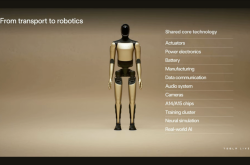Revolutionizing Satellite Connectivity: Starlink's Phased Array Antenna Technology
![]() 02/19 2025
02/19 2025
![]() 537
537
This article delves into the groundbreaking phased array antenna technology employed by SpaceX's Starlink system.
Starlink's Phased Array Antenna Technology: The Secret to Seamless Connectivity
In the rapidly evolving realm of satellite communications, Starlink stands out due to its pioneering use of phased array antenna technology. This advanced technology forms the cornerstone of Starlink's ability to maintain dependable and high-speed connections with its Low Earth Orbit (LEO) satellite constellation.
Phased Array Antenna Design
At the heart of Starlink's ground stations lies the phased array antenna, comprising hundreds of tiny antennas synchronized with picosecond precision. These antennas are arranged in a hexagonal pattern, akin to a honeycomb structure, and stacked in multiple layers within a sleek, compact unit.
Each layer of the antenna array varies slightly, enabling the system to focus on different parts of the sky as satellites traverse the horizon. This innovative design allows the antenna to track satellites without mechanical movement, a significant improvement over traditional rotating radar antennas.

Beamforming and Beam Control
Phased array technology leverages beamforming, combining the power of multiple antennas to create a directional signal. By fine-tuning the phase and amplitude of signals from each antenna, the system can electronically steer these signals, creating an interference pattern that effectively focuses the beam in a specified direction. This capability enables Starlink to track satellites across the sky and maintain a stable connection as they move.
Electronic Steering and Synchronization
The synchronization of antennas is paramount as it allows the system to adjust the delay between antennas with unparalleled precision. This adjustment enables the entire unit to track satellites without mechanical movement, a critical feature given the rapid movement of LEO satellites. These satellites rise and set within minutes, necessitating a system capable of dynamically adjusting its focus.
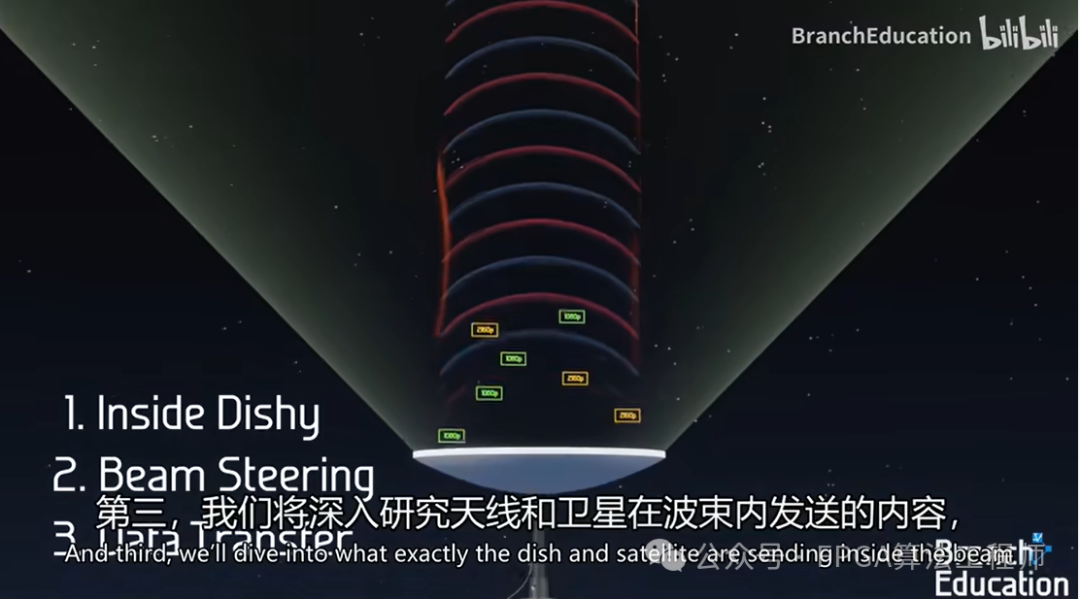
Antenna Structure and Materials
Starlink antennas consist of layers of antenna arrays printed like circuit boards, stacked one atop another. The antennas themselves are typically made of materials such as silicon dioxide and are interconnected in both lateral and vertical directions using precise spacers and materials. The distance between antennas is determined by the operating frequency, and the use of air-coupled patches between layers enhances the antenna's performance and bandwidth.
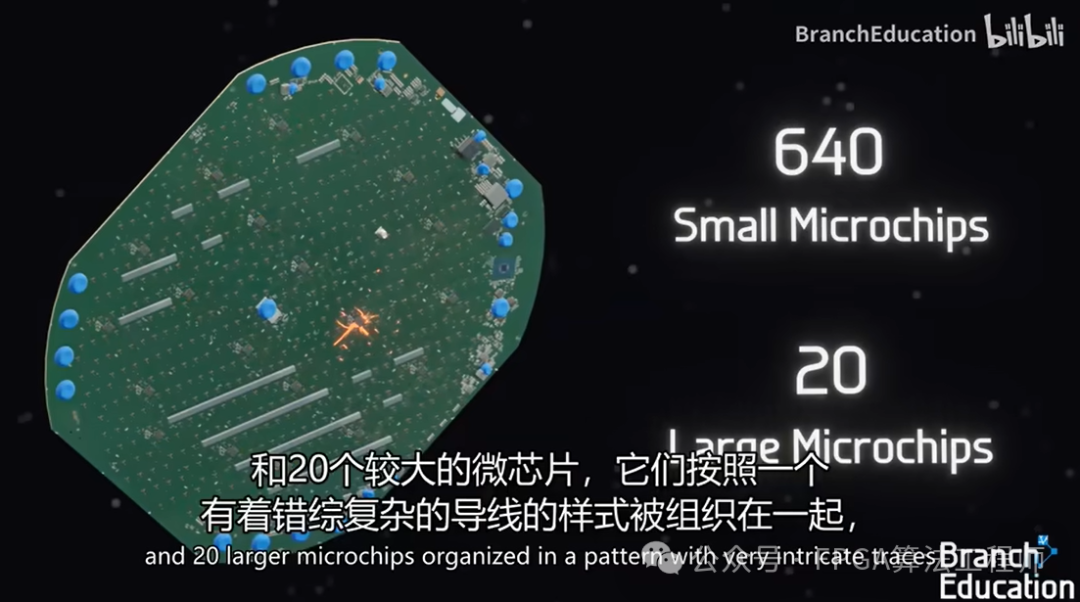
Signal Optimization and Interference Reduction
The phased array design incorporates techniques to optimize signal strength and minimize interference. By adjusting the height and materials between patches, as well as the distance between antennas, the system can boost bandwidth, reduce resonance, and enhance the antenna's gain. This ensures high data transmission speeds and low latency, making the service ideal for demanding applications such as video streaming and large file transfers.
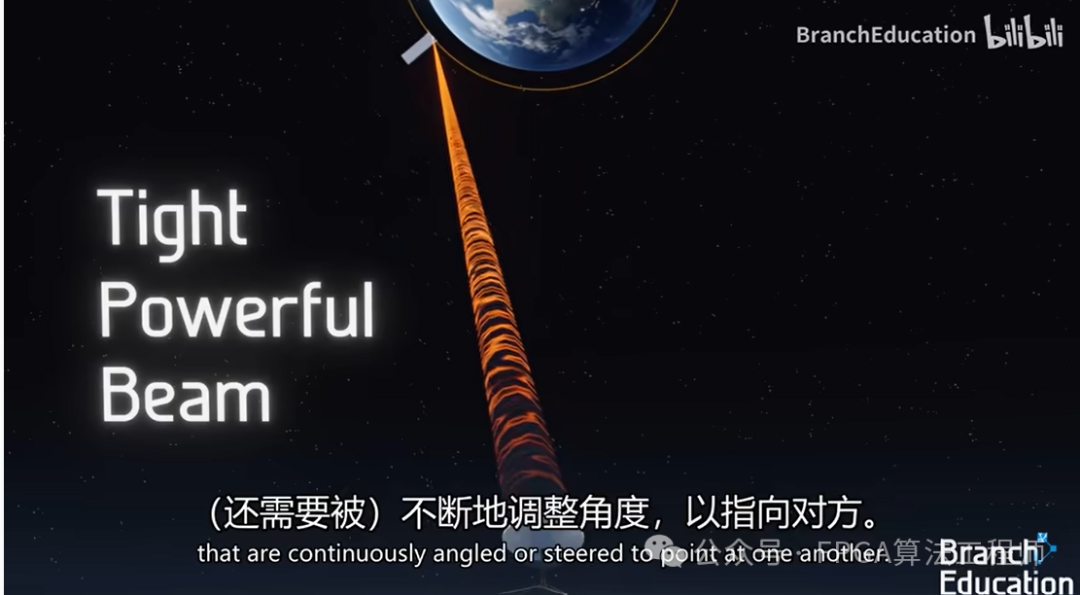
Integration with Satellite Constellation
Each Starlink satellite is equipped with 5 Ku-band phased array antennas and 3 dual-frequency (Ka and E-band) antennas, enabling dynamic beam control to communicate with various ground stations and provide seamless coverage. The satellites also utilize optical inter-satellite links for ultra-high-speed communication, further enhancing the efficiency and speed of data transmission within the constellation. This integrated system ensures users can access internet services irrespective of their location, with the strategic positioning of antennas providing extensive global coverage.
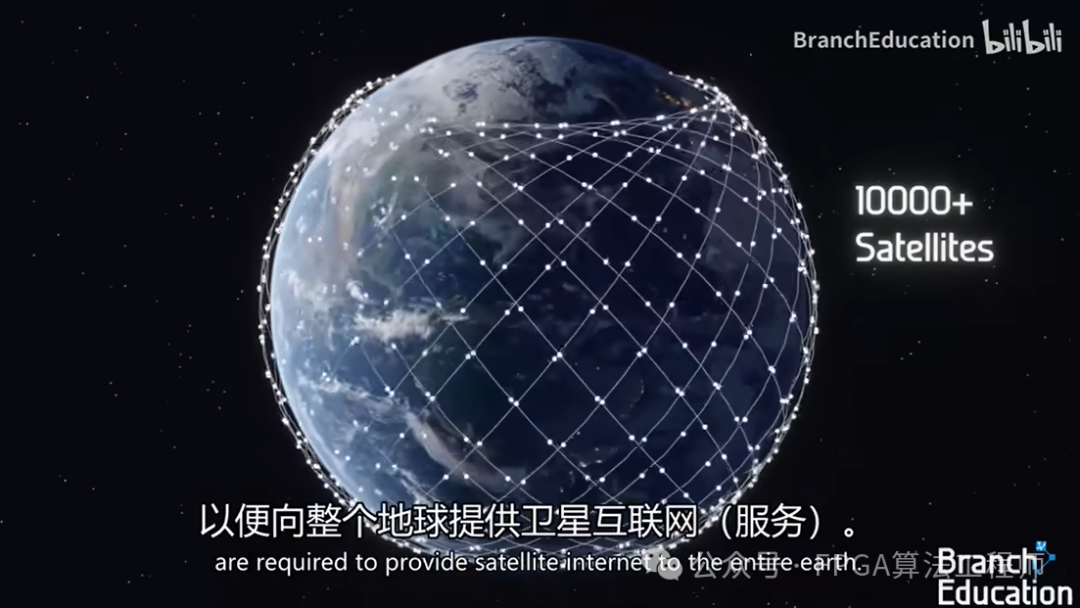
Autonomous Maneuvering and Safety
In addition to its advanced antenna technology, Starlink satellites are designed for autonomous maneuvering to avoid collisions with space debris and other spacecraft. This capability ensures the safety and longevity of the satellites, as well as the overall sustainability of the space environment. The system efficiently relays signals between satellites and provides seamless handovers as users move between coverage areas, further guaranteeing uninterrupted connectivity.
The synergy of phased array antennas, beamforming technology, and advanced satellite design makes Starlink's system a testament to modern engineering, capable of providing high-speed, low-latency internet access to users worldwide. As the Starlink constellation continues to expand, this technology remains at the forefront of innovation in satellite communications.

